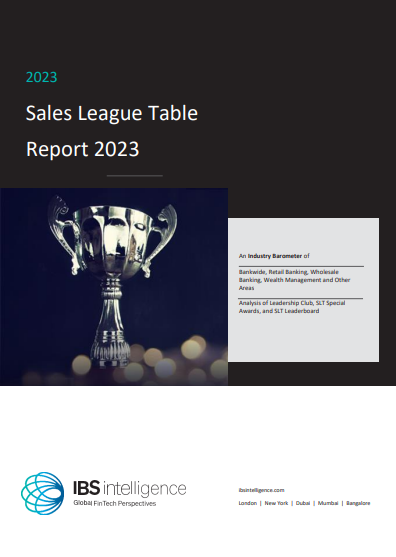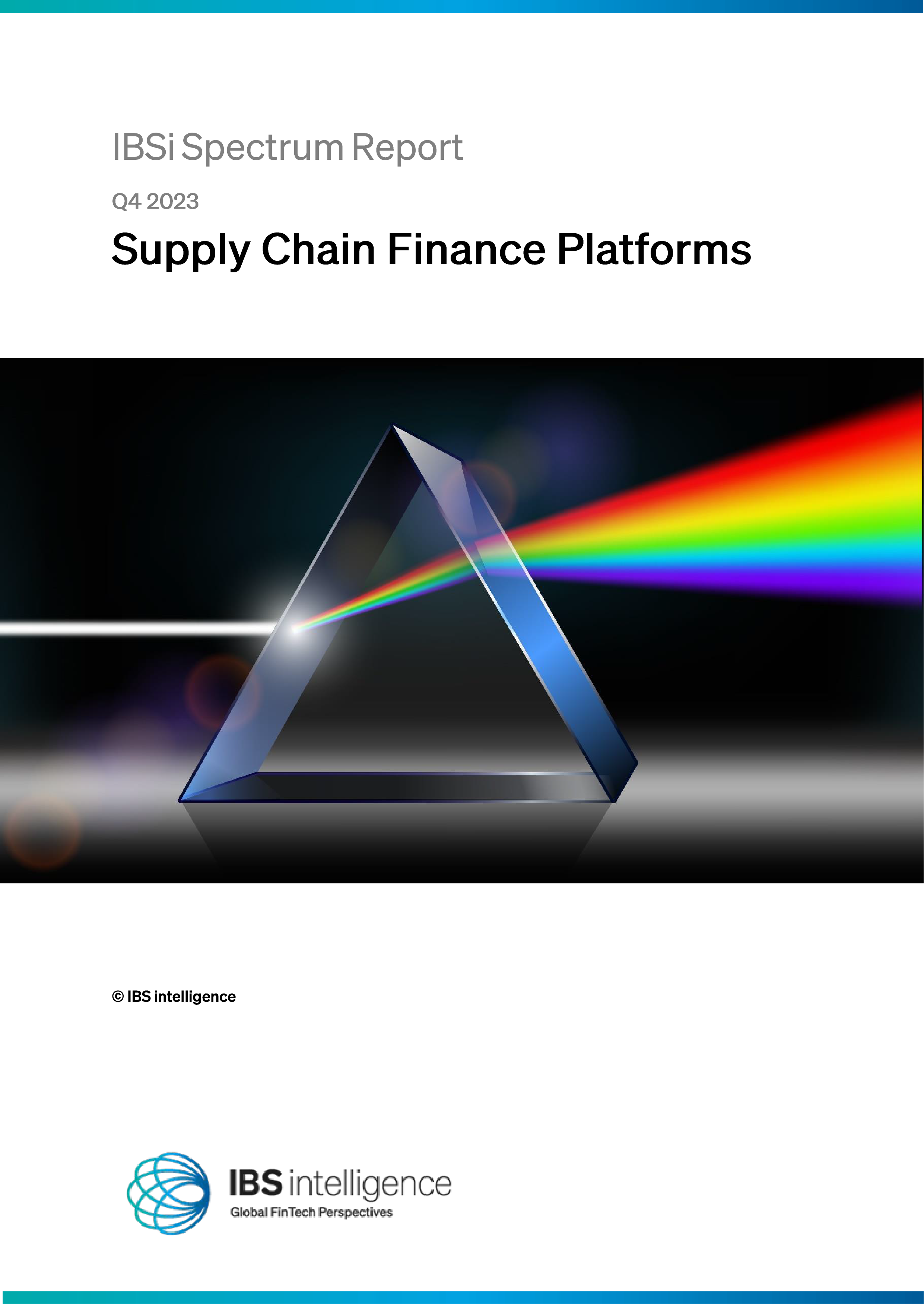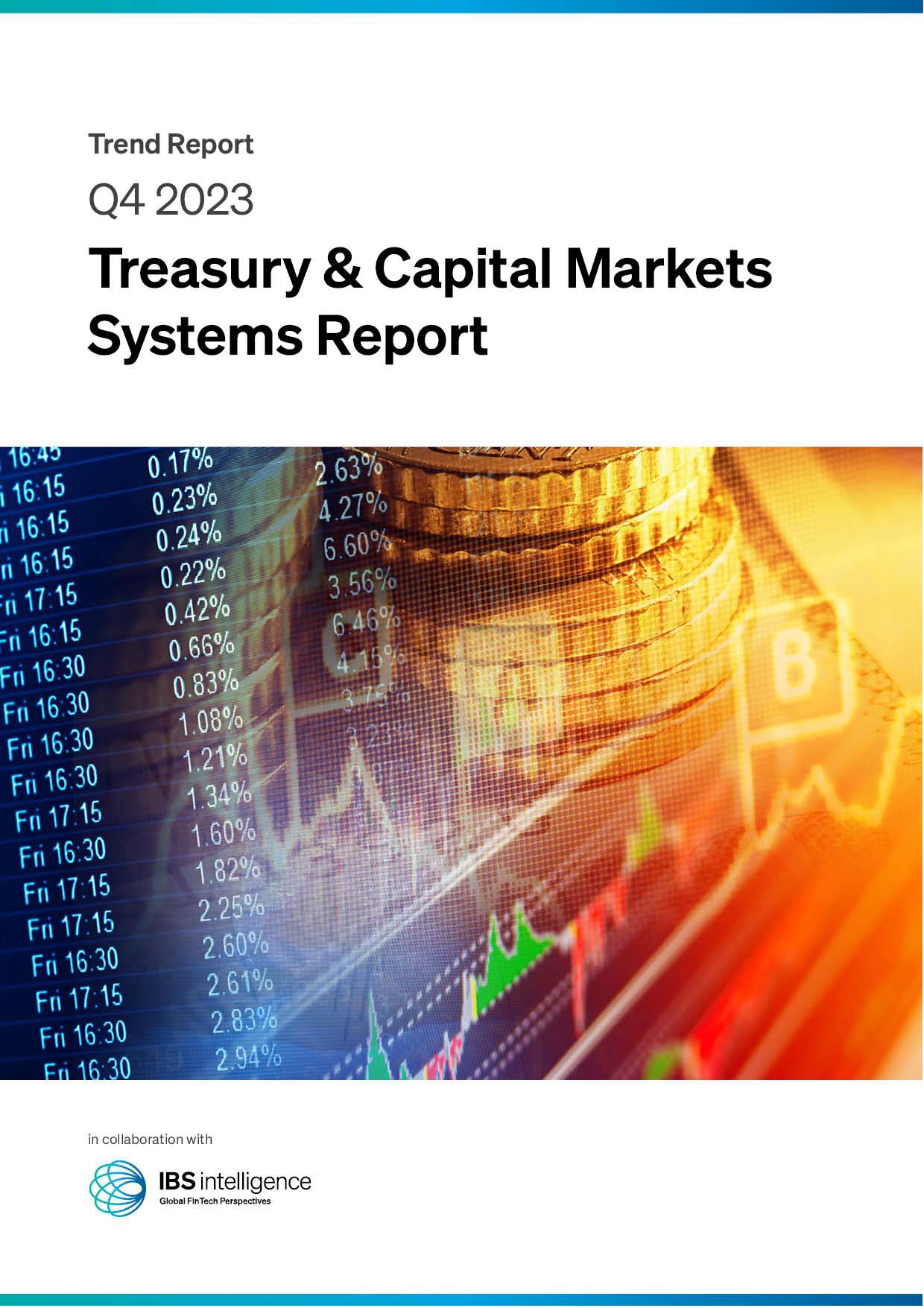 Back
Back
Huawei: How smartphones are driving a global FinTech boom
Driven by the accelerating expansion of smartphone capabilities − alongside consumers’ increasing levels of trust − the opportunity for FinTech’s is unravelling at varying speeds across different international markets. Siri Børsum, Global VP of Finance Vertical Eco-development & Partnerships at Huawei Consumer Business Group, explores the ways in which different markets are racing to adjust to this digital revolution, and how smartphones are at its very centre.
When we look at the markets prioritising FinTech’s and their development, across the board we’re seeing waves of innovation, a surge in consumer trust, and a solution to supporting the unbanked. It’s clear that FinTech’s are changing the game, although some markets have recognised this faster than others.
Europe – record-breaking investment, but some serious catching up to do

Let’s take a look at Europe as an interesting example. Considered one of the fastest evolving continents in the FinTech sector, Europe’s capital investment reached a whopping €30 billion between 2014-2019 – Europe’s largest share of equity investment. This fed the growth of online and mobile banking startups, and now, online banking is becoming one of the most popular payment methods in Europe. Investment in this space shows no signs of curtailing, with data showing how the pandemic contributed to the acceleration of cloud services and similar solutions for the industry.
The Nordic FinTech scene, in particular, has shown immense strength. As stated in the FinTech Mundi report, some of the biggest names in financial technology came from the region. Northern Europe alone is home to 993 FinTechs, with several of its countries punching above their weight globally. The FinTech Mundi report also revealed that three Northern European countries (Lithuania, Sweden and Estonia) feature in the Global FinTech Index Ecosystem’s top ten, and all but Iceland feature in the top 50.
Yet, alongside the FinTech investment that we’re seeing in Europe, there’s the sobering realisation that we’re still very far behind. Europe’s FinTech development remains slower than other markets, with a plethora of challenges that need to be addressed. From consumers’ trust in traditional financial systems to relatively low interest rates depriving a mass-market adoption of alternative lending, lucrative investment opportunities are more complicated here − even when we consider the huge number of potential investors.
Banking and mobile technology still feels new in Europe. QR code payments, for example, saw an accelerated uptake as a result of the pandemic. But even now, they’re somewhat futuristic in this market compared to elsewhere, where a QR code payment is standard practice − and it’s been this way for a long time.
China’s flourishing FinTech sector, with smartphones at its core
So, if Europe isn’t leading the digital revolution through its investment and prioritisation of FinTech’s, who is? The answer is China. Thanks to the staggering rise of smartphones and online shopping, China’s FinTech revolution is in full swing, especially in the field of digital payments.
Historically, China has demonstrated fertile ground for a FinTech revolution – it boasts a growing and underserved SME market alongside escalating e-commerce growth. Combine this with a timely explosion in online and mobile popularity (we’re talking about 1.3 billion mobile internet users), and it’s clear why the Chinese market has spearheaded the boom.
We can trace the progression China has made back to 2016, by which stage, 40 per cent of consumers were already using new payment methods rather than traditional ones − 35 per cent of which were using FinTech’s to access products. Going back to QR codes, mobile payments in this way have been commonplace in China for a decade, while Europe’s most common payment method in 2010 was still debit and credit cards.
Now, China is leading in the digital payments and alternative lending sectors, both crucial to the progression of the FinTech industry, and it’s predicted to stay in the lead until at least 2025. Why? The country’s total digital payments transaction value is likely to hit over $4,185 billion by 2025, compared to the world total of $10,520 billion.
China ‘s FinTech success: all-inclusive technology
 So, what’s the point? Arguably, the most important question when assessing the possibility of FinTech’s is: what are the benefits to the end-user? How will FinTech’s improve our lives? Technology must be used to enhance our lifestyle and drive change in the areas where we need it most.
So, what’s the point? Arguably, the most important question when assessing the possibility of FinTech’s is: what are the benefits to the end-user? How will FinTech’s improve our lives? Technology must be used to enhance our lifestyle and drive change in the areas where we need it most.
This is something that FinTech’s are confronting head-on. As more players enter the market, more solutions are becoming available to consumers. China’s FinTech sector for example is driving innovation which is leading to better technology and enhanced consumer experiences. Because of the market’s approach to alternative lending, accounting for 86 per cent of the global share in its transaction value, China can offer smaller FinTech players the chance to compete in a flourishing industry. This, in turn, promotes competition for innovation, which drives choice for consumers.
Markets that are prioritising smaller organisations’ access to funding are also the ones to see that investment returned – China’s growth rate shows no signs of slowing, with estimations that the country will account for a global market share of 88 per cent of Alternative Lending by 2025. The demand for alternative payment solutions will only continue to grow, meaning that as more organisations launch a greater choice of services, we can drive the prospect of global Financial Health into existence. As is always needed when addressing a lack of inclusion, smaller players must disrupt the industries previously dominated by traditional systems.
Open Banking creates innovative technology to connect the dots
From Europe to China, one thing is clear: FinTech startups are driving the financial revolution. And, when looking at achieving Global Financial Health, there’s an obvious solution at our fingertips. It’s never been more important to champion the smaller FinTechs and facilitate technologies such as Open Banking. This is something we’re committed to at Huawei, partnering with FinTech providers to support their development and growth while also offering our mobile users’ access to a choice of the services that they need the most.
Open Banking is a product of the growing competition and consumer-centric model in the FinTech sector, and a bridge to connect the technologies needed to meet customer expectations. It has the potential to help banks learn about customers’ patterns of behaviour, financial health and investment plans and goals, enabling them to create better services and products.
Industry leaders are being advised to make strategic partnerships to make the most from Open Banking, identifying new capabilities from partners that can help to enable compliance and operational readiness. Through forming third-party partnerships and gaining access to new resources including data-sharing, organisations can create more competitive products, services and experiences for end-users. We believe that we’re only at the start of an Open Banking future and better global financial health, and more competition in the FinTech sector will only help to drive this journey.
Driving global financial health for all
Financial Health means all individuals, businesses and organisations around the world having access to a choice of the financial services that work best for them. It’s our vision for the finance industry, and a top priority with AppGallery.
To drive Financial Health, FinTechs and banks around the world need access to a global audience, as well as the full-spectrum support, advanced technological capabilities and commercial opportunities needed to help them grow.
After three years, AppGallery is the third-largest app marketplace globally, with over 540 million MAU, so banking and FinTech app developers can trust that they’re tapping into a truly global audience from launch.
It’s through partnerships, competition and mobile technology that we, as an industry, can achieve global financial health together, bringing better solutions to every home, business and organisation.
Siri Børsum
Global VP of Finance Vertical Eco-development & Partnerships
Huawei Consumer Business Group
IBSi News

April 19, 2024
Contactless Payments
Cashflows partners with National Association of Funeral Directors
Read More- Daily insightful Financial Technology news analysis
- Weekly snapshots of industry deals, events & insights
- Weekly global FinTech case study
- Chart of the Week curated by IBSi’s Research Team
- Monthly issues of the iconic IBSi FinTech Journal
- Exclusive invitation to a flagship IBSi on-ground event of your choice
IBSi FinTech Journal

- Most trusted FinTech journal since 1991
- Digital monthly issue
- 60+ pages of research, analysis, interviews, opinions, and rankings
- Global coverage
Other Related Blogs
February 02, 2024
The role of API in banking: From personalised services to customer experiences
Read MoreRelated Reports

Sales League Table Report 2023
Know More
Global Digital Banking Vendor & Landscape Report Q1 2024
Know More
Wealth Management & Private Banking Systems Report Q1 2024
Know More
IBSi Spectrum Report: Supply Chain Finance Platforms Q4 2023
Know More
